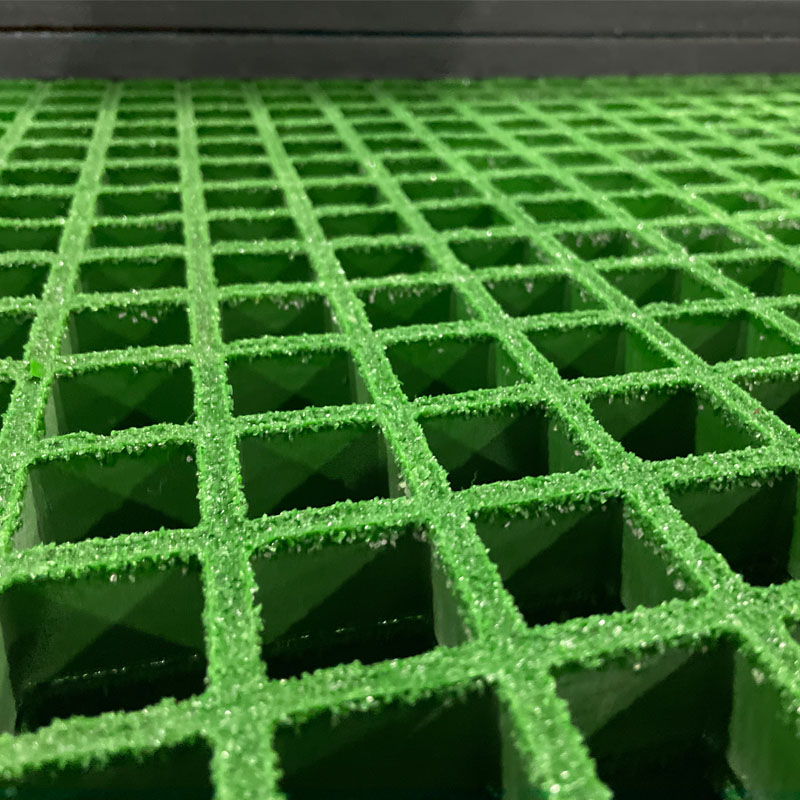loading...
- No. 9, Xingyuan South Street, Dongwaihuan Road, Zaoqiang County, Hengshui, Hebei, China
- admin@zjcomposites.com
- +86 15097380338
- Welcome to visit our website!
fiber reinforced polymer bars
Fiber Reinforced Polymer Bars A Revolution in Construction Materials
In recent years, the construction industry has sought innovative solutions to address the challenges posed by conventional materials. One such advancement is the development of Fiber Reinforced Polymer (FRP) bars. These composite materials, characterized by their high strength-to-weight ratio, corrosion resistance, and versatility, are redefining standards in construction and civil engineering.
Understanding Fiber Reinforced Polymer Bars
FRP bars are composite materials made from a polymer matrix reinforced with fibers. The fibers can be made from various materials, including glass, carbon, and aramid, depending on the required properties for specific applications. Glass Fiber Reinforced Polymer (GFRP) bars are the most common type used in construction. These bars offer a lightweight alternative to traditional steel reinforcement while providing comparable, if not superior, mechanical properties.
Advantages of FRP Bars
1. Corrosion Resistance One of the most significant advantages of FRP bars is their resistance to corrosion. Unlike steel reinforcement, which can deteriorate when exposed to moisture and salt, FRP bars maintain their integrity over time. This property makes them particularly useful in marine environments or structures susceptible to chemical exposure, such as bridges and tunnels.
2. Lightweight and High Strength FRP bars are significantly lighter than steel, making them easier to transport and handle on construction sites. Despite their lightweight characteristics, they possess a high tensile strength that can outperform traditional materials, making them suitable for various load-bearing applications.
3. Thermal and Electrical Insulation FRP bars serve as excellent thermal and electrical insulators. This characteristic can be particularly advantageous in applications where electrical conductivity could pose a risk, providing added safety in construction projects.
fiber reinforced polymer bars

4. Durability and Longevity The inert nature of the polymer matrix used in FRP bars contributes to their durability. Structures reinforced with FRP can have a longer lifespan, reducing maintenance costs and the need for frequent repairs. This longevity translates into cost savings over the structure's lifecycle.
Applications of FRP Bars
The versatility of FRP bars allows for a wide range of applications in the construction industry. They are commonly used in concrete structures, such as beams, columns, and slabs, providing enhanced performance and longevity. Additionally, FRP bars find applications in precast concrete products, post-tensioning systems, and even in reinforcing existing structures needing rehabilitation.
As the industry embraces sustainable practices, FRP bars align with eco-friendly initiatives. They can be produced using sustainable methods and contribute to energy-efficient construction techniques.
Challenges and Future Prospects
Despite their numerous benefits, the adoption of FRP bars has encountered some challenges. The initial cost of FRP bars can be higher than traditional materials, which can deter some contractors and builders. However, the long-term savings associated with reduced maintenance and extended service life often offset these upfront costs.
As research progresses and manufacturing techniques improve, the cost of FRP materials is expected to decrease, potentially increasing their acceptance in the market. Additionally, ongoing development in fiber technology promises to enhance the properties of FRP bars further, paving the way for innovative applications and solutions in the construction sector.
In conclusion, Fiber Reinforced Polymer bars represent a significant advancement in construction materials. Their unique properties offer substantial advantages over conventional reinforcement methods, positioning them as a vital component of modern construction practices. As the industry continues to evolve, FRP bars are set to play a crucial role in building infrastructure that is not only stronger but also more sustainable and resilient against the challenges of the future.
-
The Rise of FRP Profiles: Strong, Lightweight, and Built to LastNewsJul.14,2025
-
SMC Panel Tanks: A Modern Water Storage Solution for All EnvironmentsNewsJul.14,2025
-
GRP Grating: A Modern Solution for Safe and Durable Access SystemsNewsJul.14,2025
-
Galvanized Steel Water Tanks: Durable, Reliable, and Ready for UseNewsJul.14,2025
-
FRP Mini Mesh Grating: The Safer, Smarter Flooring SolutionNewsJul.14,2025
-
Exploring FRP Vessels: Durable Solutions for Modern Fluid HandlingNewsJul.14,2025
-
GRP Structures: The Future of Lightweight, High-Performance EngineeringNewsJun.20,2025
